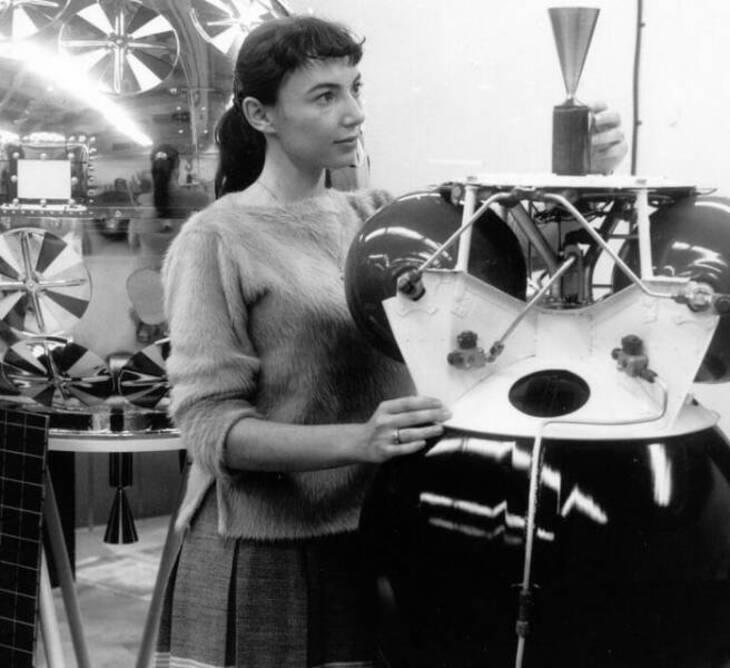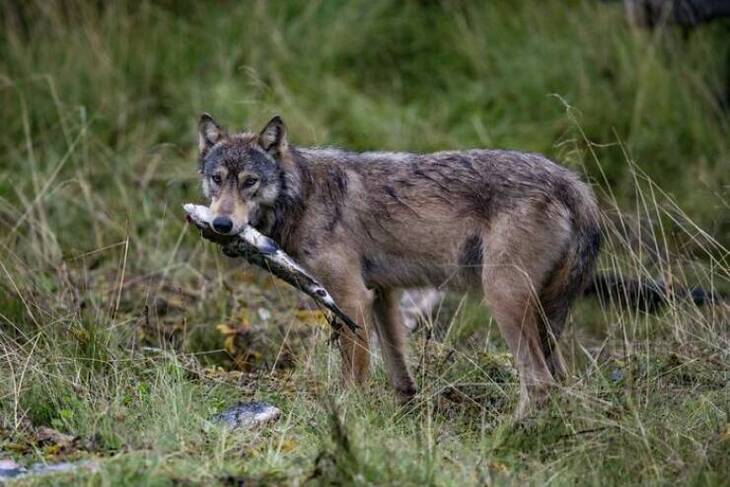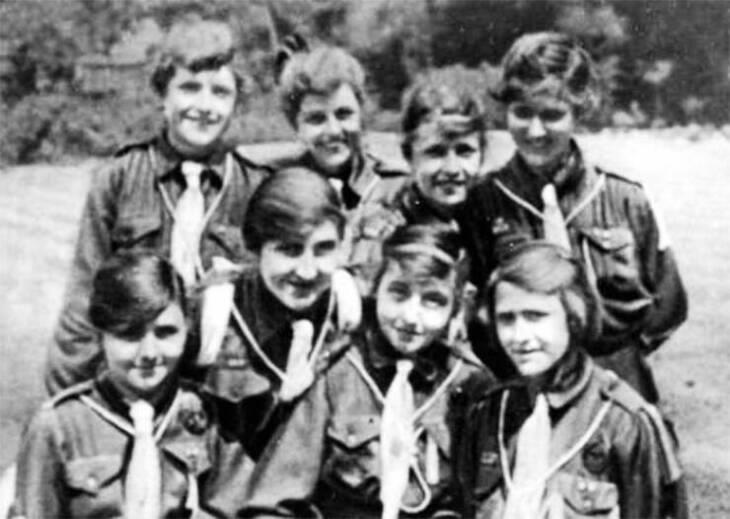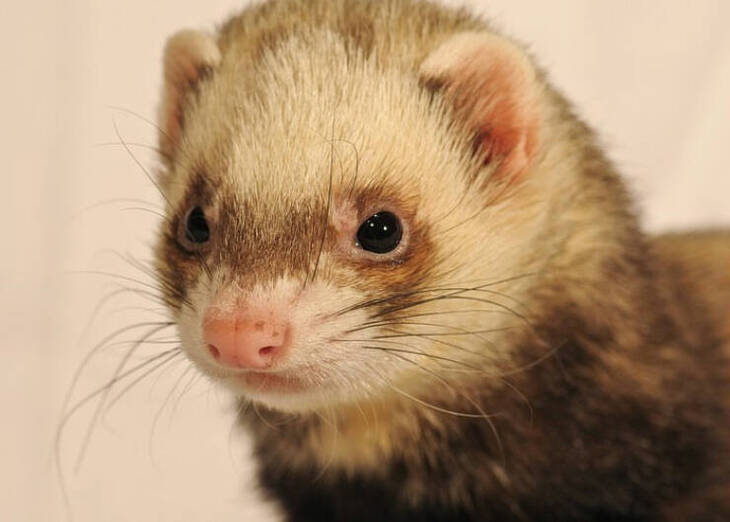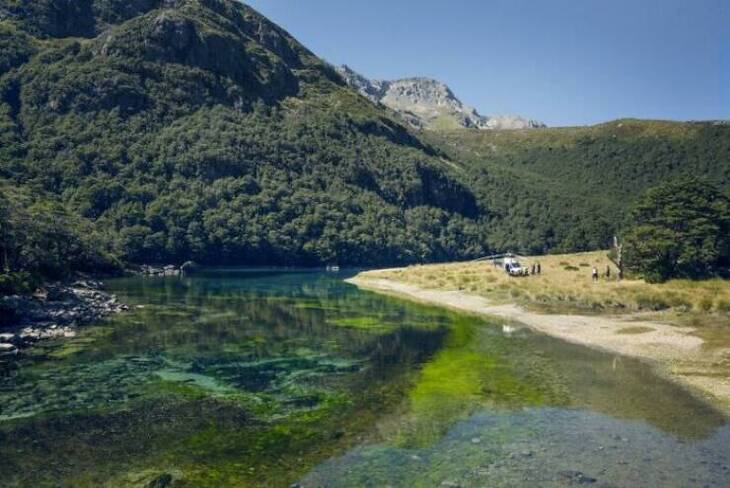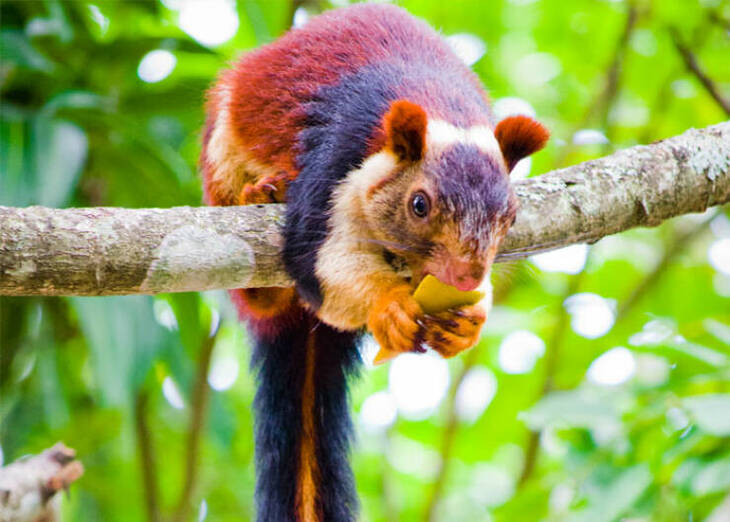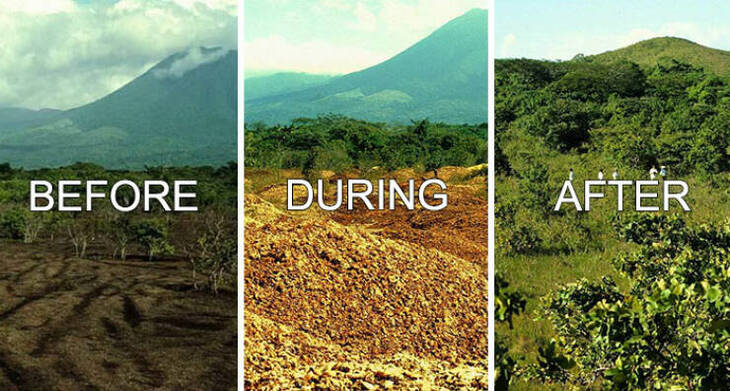An Australian diver formed an unusual bond with a young shark. For years after their first encounter, the shark would actively seek out the diver, displaying behavior similar to seeking affection.
2.
Judith Love Cohen, a crucial member of the team that created the life-saving Abort-Guidance System for Apollo 13, had an unusual day of labor. She brought work to the hospital, including a problem she was working on. Before welcoming her son, actor Jack Black, into the world, she managed to solve the problem and inform her boss of the solution.
3.
British Columbia is home to a fascinating group of wolves called "sea wolves." These wolves have evolved to rely heavily on the ocean, with their diet composed mainly of marine life. Their DNA differs from inland wolves, reflecting their specialized lifestyle. To access their food source, sea wolves are skilled swimmers, covering several miles daily.
4.
During World War I, MI5 employed Girl Guides to deliver secret information. This decision came after finding the Boy Scouts less suitable for the task due to their tendency to be noisy and less reliable.
5.
Fermilab once employed an unusual cleaning method for its particle accelerators. A ferret named Felicia was tasked with navigating the accelerator tubes. Equipped with cleaning supplies, she would scurry through the narrow passages. As a reward for her efforts, Felicia received hamburger meat.
6.
Bessie Coleman was the first African American and Native American female pilot. Known for her strong stance against segregation, Coleman refused to perform unless audiences were integrated and entered through the same gates.
7.
New Zealand's Blue Lake holds the title of the world's clearest lake. Its water is so pure that you can see up to 80 meters deep, making it almost as clear as distilled water.
8.
India is home to a species of giant squirrel with striking multicolored fur. Their coat displays a stunning range of orange, maroon, and purple tones. These squirrels are significantly larger than their grey counterparts, measuring up to 36 inches from head to tail. Remarkably, they can leap impressive distances of 20 feet between trees.
9.
In the mid-1990s, one thousand truckloads of orange peel and pulp were intentionally dumped on a barren patch of land in a Costa Rican national park. Sixteen years later, a research team from Princeton University discovered a thriving forest in its place, teeming with vines.
10.
Filmmaker Charlie Lyne made a ten-hour movie solely focused on paint drying. His unusual film was a deliberate attempt to challenge the British Board of Film Classification by forcing them to watch the entire duration to assign a rating.
11.
Dr. Edwin Chandross discovered the chemical reaction powering glow sticks in 1962. Surprisingly, he remained unaware of their popularity at concerts until a 2013 interview. Upon learning this, he jokingly remarked that perhaps his granddaughter would find him cool now.
12.
Dr. Henry Heimlich, the creator of the renowned Heimlich maneuver, never had the opportunity to use his own technique to save someone until he was 96. While dining at his nursing home, he came to the aid of a choking resident, successfully applying the maneuver he had taught to millions.
13.
As a token of gratitude for sheltering the Dutch royal family during World War II, the Netherlands presents Canada with a yearly gift of 20,000 tulip bulbs.
14.
A man received a $95,000 check in the mail in 1995. As a joke, he deposited it into his bank account. Surprisingly, the fake check met all the legal requirements and was successfully cashed.
15.
Sir Tim Berners-Lee's invention of the World Wide Web was born out of necessity. Tired of seeking out colleagues to access their data, he developed a system to streamline this process. This initial application laid the groundwork for the creation of the World Wide Web.


